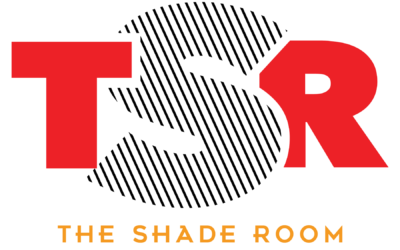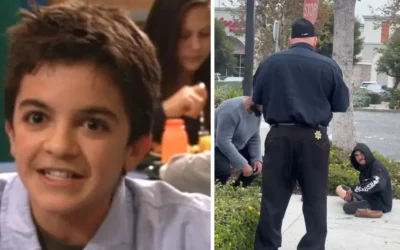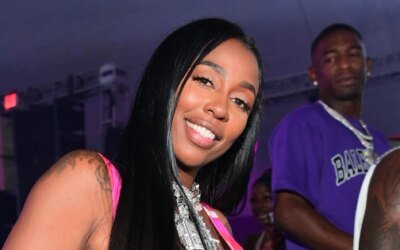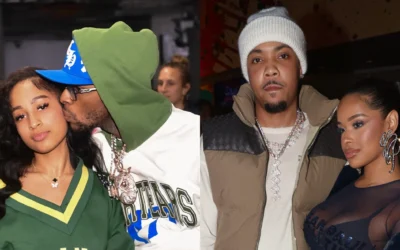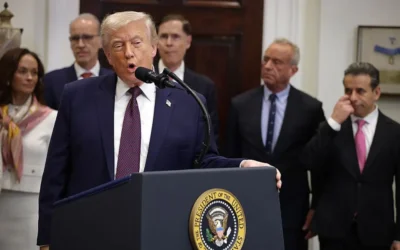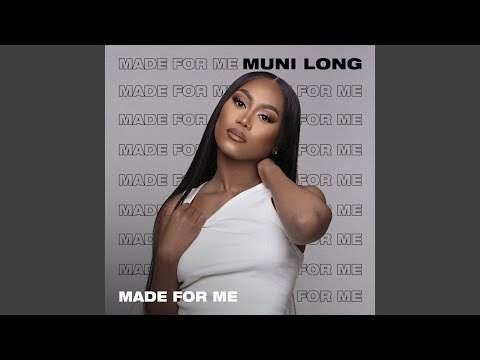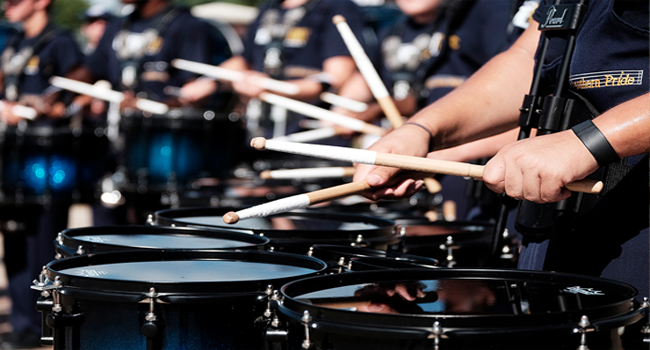From Minstrelsy to Masterpieces: The Evolution of Black Music on Broadway
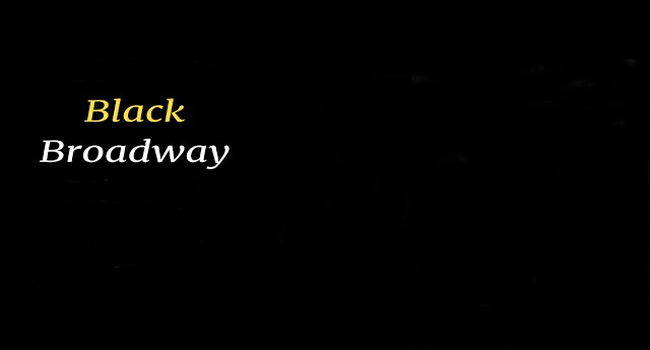
Introduction:
Broadway, regularly known as the “Great White Way,” has a complicated record in terms of the illustration and evolution of the Black track. From its early days steeped in minstrelsy to the emergence of groundbreaking masterpieces, the adventure of the Black track on Broadway reflects the broader narrative of societal change, artistic development, and the continuous conflict for illustration.
Minstrelsy: A Troubled Beginning
The roots of Black music on Broadway trace back to the troubling minstrelsy era in the 19th century. Minstrel shows featured white performers wearing blackface, perpetuating harmful stereotypes and caricatures of Black people. Black musicians were initially excluded from those productions, and their portrayal became somewhat distant from accurate or respectful. This length served as a stark reminder of the racial prejudices ingrained in society.
Breaking Barriers: Shuffle Along and the Harlem Renaissance
They gradually shifted in the early twentieth century as the Harlem Renaissance breathed new lifestyles into Black creative expression. One of the landmark moments in the evolution of the Black tune on Broadway was the arrival of “Shuffle Along” in 1921. Composed by Noble Sissle and Eubie Blake, the musical marked the first time African Americans were concerned with each of the innovative and acting components of Broadway manufacturing. It broke far from the minstrelsy mould, supplying a more real illustration of the Black way of life and talent.
Integration and Innovation: Porgy and Bess
Fast forward to the 1930s, and George Gershwin’s “Porgy and Bess” stands proud as some other pivotal second. This opera focused on African American characters in Charleston, delving into Black existence’s complexities. Gershwin collaborated with African American author DuBose Heyward, emphasizing a commitment to authenticity and a departure from the caricatures that plagued earlier productions. “Porgy and Bess” contributed appreciably to mixing Black music on Broadway.
The Golden Age and Beyond: A Refined Voice Emerges
The post-World War II era marked a golden age for Broadway, and Black artists started to establish themselves more prominently. Figures like Lena Horne, Eartha Kitt, and Pearl Bailey showcased their vocal prowess and challenged racial norms. Musicals like “Carmen Jones” and “The Wiz” supplied structures for Black skills, allowing them to tell their stories in ways that went past stereotypes.
Contemporary Masterpieces: A New Dawn
For many years, Broadway has seen an influx of groundbreaking productions that celebrate Black subculture authentically. The severely acclaimed “Hamilton,” created by Lin-Manuel Miranda, blends hip-hop, R&B, and conventional musical theatre factors to inform the story of Alexander Hamilton with numerous solid. Similarly, “The Color Purple” and “Dreamgirls” have emerged as iconic pieces that spotlight the intensity and variety of Black musical expression.
Challenges and Opportunities: The Road Ahead
While the evolution of the Black tune on Broadway is undoubtedly superb, demanding situations persist. Representation remains a vital issue, with ongoing discussions about variety in casting, storytelling, and behind-the-scenes roles. The journey from minstrelsy to masterpieces is a testament to progress. However, there is still work to be achieved to ensure an inclusive and equitable future for Black artists on Broadway.
Navigating the complexities of racial representation, Black artists on Broadway have continued and paved the way for future generations. The journey from minstrelsy to masterpieces is a testament to the resilience of the Black innovative spirit. However, it’s essential to know that challenges persist in pursuing authentic equality and inclusivity.
In recent years, Broadway has seen an expanded awareness of the need for proper illustration of each one and rancid degrees. Calls for more diversity in innovative teams, producers, and casting selections have sparked crucial conversations in the enterprise. Organizations and tasks focused on selling inclusivity, such as Black Theatre United, have emerged to suggest systemic alternatives and create opportunities for underrepresented voices.
The fulfilment of productions like “Hamilton” and “The Color Purple” has confirmed that audiences are hungry for various narratives and musical patterns that replicate the richness of human enjoyment. However, paintings must be done to ensure those successes aren’t anomalies; alternatively, it is part of a broader shift closer to a greater inclusive and equitable Broadway.
Moreover, the evolution of Black songs on Broadway highlights the interconnectedness of art and social alternate. As society grapples with problems of racial injustice and inequality, the degree will become a powerful platform for storytelling and fostering empathy. Broadway has the potential to entertain now but also train and inspire trade, making it a vital arena for addressing societal problems and advancing racial justice.
The road ahead involves persevered collaboration, talk, and commitment to dismantling systemic limitations. It requires a concerted effort from manufacturers, directors, writers, and performers to create a Broadway that authentically displays the diversity of voices inside the Black community and the broader global.
The evolution of Black songs on Broadway must be a catalyst for sustained trade in preference to a temporary celebration. The enterprise should actively cope with the persistent barriers hindering equal illustration and possibilities for Black artists. This involves growing pipelines for rising talent, helping Black-led productions, and fostering surroundings that welcome various views at each degree of the innovative procedure.
Investment in schooling and mentorship programs is vital for nurturing the subsequent era of Black artists and ensuring they have the right of entry to assets needed to thrive in the aggressive global of Broadway. By dismantling monetary and systemic boundaries, the enterprise can create a more extraordinary inclusive landscape that displays the richness of the worldwide network.
Moreover, the dedication to variety extends beyond the level to the boardrooms, casting groups, and production groups backstage. A complete technique to inclusivity entails addressing structural inequalities and ensuring that choice-making processes are a consultant of our world. Broadway must actively recruit, help, and promote individuals from underrepresented communities in all enterprise factors.
In addition to addressing systemic issues, Broadway can further rejoice in the Black track by exploring a more comprehensive array of genres and styles. The achievement of indicates like “Hamilton” demonstrates the urge for food for progressive approaches to storytelling that incorporate hip-hop, R&B, jazz, and different genres historically associated with Black culture. Embracing a broader range of musical influences can only enhance Broadway’s tapestry and contribute to a greater dynamic and inclusive artistic landscape.
As the industry navigates the ongoing talk surrounding representation, staying open to grievances, remarks, and self-mirrored images is crucial. Continuous improvement requires a willingness to confront uncomfortable truths and a dedication to exchange. Broadway can become a beacon of progress and suggestion for the broader enjoyment industry by fostering an environment where various voices are not simply heard but actively valued.
Conclusion:
The journey of Black Song on Broadway is a dynamic narrative of resilience, creativity, and progress. From the troubling origins of minstrelsy to the emergence of current masterpieces, the evolution now displays modifications within the amusement industry and broader societal shifts. As Broadway strives for inclusivity and authenticity, the legacy of Black song at the Great White Way stands as a testament to the electricity of storytelling and the enduring spirit of artistic expression.
FAQs
Q.1: What is the significance of the evolution of Black music on Broadway?
A: The evolution of Black songs on Broadway is enormous because it displays an adventure from the troubling origins of minstrelsy to the emergence of authentic representations and masterpieces. It highlights the resilience and creativity of Black artists, contributing to a more inclusive and diverse cultural panorama.
Q.2: How did minstrelsy affect the early illustration of Black tunes on Broadway?
A: Minstrelsy had a lousy impact on the early illustration of the Black song on Broadway. It concerned white performers in blackface, perpetuating harmful stereotypes and caricatures of Black human beings. Black musicians have been initially excluded from those productions, contributing to a distorted and disrespectful portrayal of the Black lifestyle.
Q.3: What were some pivotal moments in the evolution of the Black tune on Broadway?
A: Pivotal moments include the emergence of “Shuffle Along” in 1921, breaking far from minstrelsy stereotypes. “Porgy and Bess” in the 1930s showcased a dedication to authentic storytelling. The golden age put up World War II featured artists like Lena Horne, Eartha Kitt, and productions inclusive of “Carmen Jones” and “The Wiz.” Contemporary masterpieces like “Hamilton” hold to form the narrative.
Q.4: What demanding situations persist in representing a Black song on Broadway?
A: Challenges consist of the need for extra variety in creative groups, casting decisions, and behind-the-scenes roles. Representation remains a critical issue, requiring ongoing efforts to make sure that Black artists have the same possibilities and that their stories are authentically told.
Q.5: How can Broadway address the contemporary limitations to equal representation?
A: Broadway can cope with barriers by investing in education and mentorship applications, actively recruiting and selling people from underrepresented groups, and fostering an environment where numerous voices are worth all stages of the enterprise. This includes dismantling systemic limitations and developing inclusive spaces for emerging skills.

